40 shuffle data and labels python
Python | Ways to shuffle a list - GeeksforGeeks Method #1 : Fisher-Yates shuffle Algorithm This is one of the famous algorithms that is mainly employed to shuffle a sequence of numbers in python. This algorithm just takes the higher index value, and swaps it with current value, this process repeats in a loop till end of the list. Python3 import random test_list = [1, 4, 5, 6, 3] python - shuffle CSV file data according to their labels - Stack Overflow You can shuffle the csv content, using python's random.shuffle () function. Here is a sample/test code in python:
Pandas - How to shuffle a DataFrame rows - GeeksforGeeks Create a DataFrame. Shuffle the rows of the DataFrame using the sample () method with the parameter frac as 1, it determines what fraction of total instances need to be returned. Print the original and the shuffled DataFrames. import pandas as pd import numpy as np ODI_runs = {'name': ['Tendulkar', 'Sangakkara', 'Ponting',

Shuffle data and labels python
Python random.shuffle() to Shuffle List, String - PYnative Use the below steps to shuffle a list in Python Create a list Create a list using a list () constructor. For example, list1 = list ( [10, 20, 'a', 'b']) Import random module Use a random module to perform the random generations on a list Use the shuffle () function of a random module sklearn.utils.shuffle — scikit-learn 1.1.3 documentation sklearn.utils .shuffle ¶ sklearn.utils.shuffle(*arrays, random_state=None, n_samples=None) [source] ¶ Shuffle arrays or sparse matrices in a consistent way. This is a convenience alias to resample (*arrays, replace=False) to do random permutations of the collections. Parameters: *arrayssequence of indexable data-structures Python - Shuffle dictionary Values - GeeksforGeeks Explanation : Keys are at same position but values are shuffled. Method #1 : Using shuffle () + zip () + dict () In this, we perform the task of shuffling elements using shuffle (), and zip () is used to map the shuffled values to keys. In the end, dict () is used to convert the result to a dictionary. Python3.
Shuffle data and labels python. shuffle - PyQuestions.com - 1001 questions for Python developers Randomly shuffle data and labels from different files in the same order in Python. ... Python shuffle such that position will never repeat in Shuffle. Randomize in a loop and keep rejecting the results until your condition is satisfied: import random def shuffle_list(some_list): randomized_list = some_list[:] while True: random.shuffle ... Python | Shuffle two lists with same order - GeeksforGeeks Method : Using zip () + shuffle () + * operator In this method, this task is performed in three steps. Firstly, the lists are zipped together using zip (). Next step is to perform shuffle using inbuilt shuffle () and last step is to unzip the lists to separate lists using * operator. Python3 import random test_list1 = [6, 4, 8, 9, 10] How can I shuffle the labels of a dataset? - Stack Overflow import random label_mapping = list (range (10)) random.shuffle (label_mapping) train_dataset = dsets.MNIST (root='./data', train=True, transform=transforms.ToTensor (), target_transform=lambda y: label_mapping [y], download=True) python - Randomly shuffle data and labels from different files in the ... In other way, how can l shuffle my labels and data in the same order. import numpy as np data=np.genfromtxt ("dataset.csv", delimiter=',') classes=np.genfromtxt ("labels.csv",dtype=np.str , delimiter='\t') x=np.random.shuffle (data) y=x [classes] do this preserves the order of shuffling ? python numpy random shuffle Share Improve this question
Python, Shuffle data in python - topitanswers.com Reshape splitting the first axis into two with the later of length same as the group length = 4 , giving us a 3D array and then use np.random.shuffle , which shuffles along the first axis.The reshaped version being a view into the original array, assigns back the results directly into it. Shuffle an array in Python - GeeksforGeeks Here we are using shuffle method from the built-in random module to shuffle the entire array at once. Python3 import random import array arr = np.array ( [1, 2, 3, 4, 5, 6]) print("Original array: ", arr) random.shuffle (arr) print("Shuffled array: ", arr) Output: Original array: [1 2 3 4 5 6] Shuffled array: [4 5 2 6 1 3] How do you shuffle two arrays in python? | HoiCay.com Python array index Sklearn shuffle Shuffle array Python Np random shuffle Random shuffle seed Shuffle data Your "scary" solution does not appear scary to me. Calling shuffle() for two sequences of the same length results in the same number of calls to the random number generator, and these are the only "random" elements in the shuffle algorithm. Randomly Shuffle Pandas DataFrame Rows - Data Science Parichay You can use the pandas sample () function which is used to generally used to randomly sample rows from a dataframe. To just shuffle the dataframe rows, pass frac=1 to the function. The following is the syntax: df_shuffled = df.sample (frac=1) You can also use the shuffle () function from sklearn.utils to shuffle your dataframe. Here's the syntax:
utils.shuffle_data_and_labels Example - programtalk.com def get_data_and_labels(dataset, labelset, nmax=None, shuffle=False): """Createa a dataset and labelset from pickled inputs. Reshapes the data from samples of 2D images (N, 28, 28) to linearized samples (N, 784). Also cuts a subset of the data/label-set when nmax is set. shuffle lets us reshuffle the set before cutting. Why should the data be shuffled for machine learning tasks Furthermore, I have frequently seen in algorithms such as Adam or SGD where we need batch gradient descent (data should be separated to mini-batches and batch size has to be specified). It is vital according to this post to shuffle data for each epoch to have different data for each batch. So, perhaps the data is shuffled and more importantly ... Data Labels in Python Visualizations | by Collins Kipkemboi | Medium So lets start with our journey, first lets get the imports in place and the data; #Make the library imports import matplotlib.pyplot as plt #Set up the data x =... Shuffling Rows in Pandas DataFrames - Towards Data Science The first option you have for shuffling pandas DataFrames is the panads.DataFrame.sample method that returns a random sample of items. In this method you can specify either the exact number or the fraction of records that you wish to sample. Since we want to shuffle the whole DataFrame, we are going to use frac=1 so that all records are returned.
11 Amazing NumPy Shuffle Examples - Like Geeks Among the basic data structures offered by Python, the list is the only data structure that satisfies both these conditions. Sets and Dictionaries are mutable but not subscriptable. Tuples and Strings are subscriptable but not mutable. Let us shuffle a Python list using the np.random.shuffle method.
How to Shuffle Pandas Dataframe Rows in Python • datagy # Shuffling a Pandas dataframe with numpyfrom numpy.random import permutationshuffled = df.iloc [permutation (df.index)]print (shuffled.head ())# Returns:# Name Gender January February# 5 Kyra Female 85 85# 2 Kevin Male 75 75# 3 Evan Male 93 65# 6 Melissa Female 75 100# 0 Nik Male 90 95 The Fastest Way to Shuffle a Pandas Dataframe
Dataset Splitting Best Practices in Python - KDnuggets That's obviously a problem when trying to learn features to predict class labels. Thankfully, the train_test_split module automatically shuffles data first by default (you can override this by setting the shuffle parameter to False). To do so, both the feature and target vectors (X and y) must be passed to the module.
Python - How to shuffle two related lists (training data and labels ... 1 Answer 0 votes answered Oct 21, 2019 by pkumar81 (152k points) You can try one of the following two approaches to shuffle both data and labels in the same order. Approach 1: Using the number of elements in your data, generate a random index using function permutation (). Use that random index to shuffle the data and labels. >>> import numpy as np
Python: Shuffle a List (Randomize Python List Elements) - datagy The random.shuffle () function makes it easy to shuffle a list's items in Python. Because the function works in-place, we do not need to reassign the list to itself, but it allows us to easily randomize list elements. Let's take a look at what this looks like: # Shuffle a list using random.shuffle () import random
Python Examples of random.shuffle This page shows Python examples of random.shuffle. Search by Module; Search by Words; Search Projects; Most Popular. Top Python APIs Popular Projects. Java; Python; JavaScript; TypeScript; C++; Scala; ... imglist=imglist, data_name=data_name, label_name=label_name) if aug_list is None: self.auglist = CreateDetAugmenter(data_shape, **kwargs ...
How to randomly shuffle data and target in python? If you're looking for a sync/ unison shuffle you can use the following func. def unisonShuffleDataset (a, b): assert len (a) == len (b) p = np.random.permutation (len (a)) return a [p], b [p] the one above is only for 2 numpy. One can extend to more than 2 by adding the number of input vars on the func. and also on the return of the function.
python - how to properly shuffle my data in Tensorflow - Stack Overflow I'm trying to shuffle my data with the command in Tensorflow. The image data is matched to the labels. if I use the command like this: shuffle_seed = 10 images = tf.random.shuffle (images, seed=shuffle_seed) labels = tf.random.shuffle (labels, seed=shuffle_seed) Will they still match each other?. If they don't how can I shuffle my data? python
Python Random shuffle() Method - W3Schools The shuffle () method takes a sequence, like a list, and reorganize the order of the items. Note: This method changes the original list, it does not return a new list. Syntax random.shuffle ( sequence, function ) Parameter Values More Examples Example You can define your own function to weigh or specify the result.
shuffle files in a directory with python - Linux Freelancer random.shuffle (music_files) for item in music_files: print os.path.join (dir_name,item) Run the script by providing a path to a directory with files. Each iteration should list the files in the directory in a different order. Note - the script does not recurse into the directories, it can be easily modified with os.walk if necessary.
Python - Shuffle dictionary Values - GeeksforGeeks Explanation : Keys are at same position but values are shuffled. Method #1 : Using shuffle () + zip () + dict () In this, we perform the task of shuffling elements using shuffle (), and zip () is used to map the shuffled values to keys. In the end, dict () is used to convert the result to a dictionary. Python3.
sklearn.utils.shuffle — scikit-learn 1.1.3 documentation sklearn.utils .shuffle ¶ sklearn.utils.shuffle(*arrays, random_state=None, n_samples=None) [source] ¶ Shuffle arrays or sparse matrices in a consistent way. This is a convenience alias to resample (*arrays, replace=False) to do random permutations of the collections. Parameters: *arrayssequence of indexable data-structures
Python random.shuffle() to Shuffle List, String - PYnative Use the below steps to shuffle a list in Python Create a list Create a list using a list () constructor. For example, list1 = list ( [10, 20, 'a', 'b']) Import random module Use a random module to perform the random generations on a list Use the shuffle () function of a random module



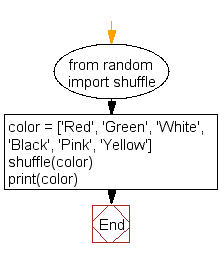


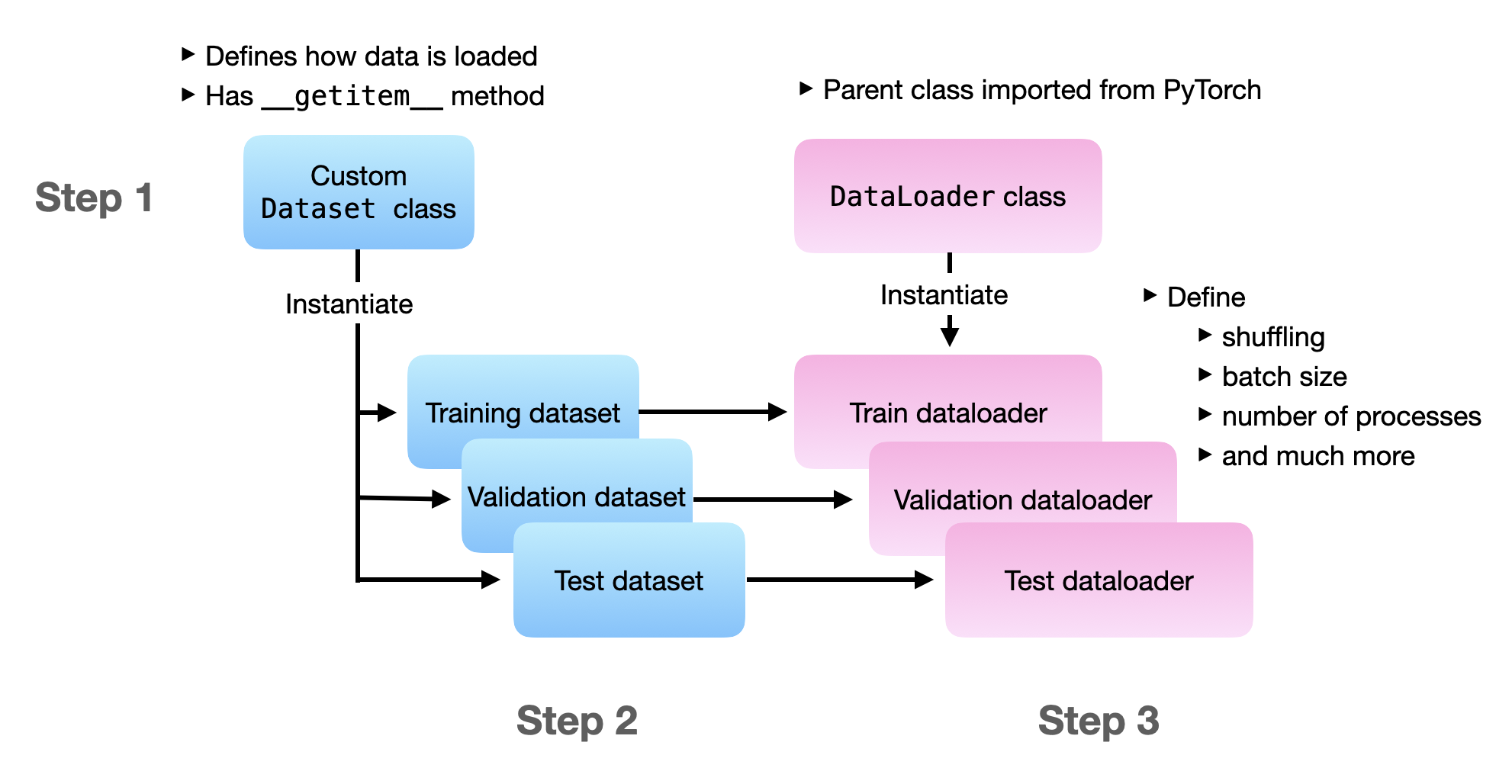
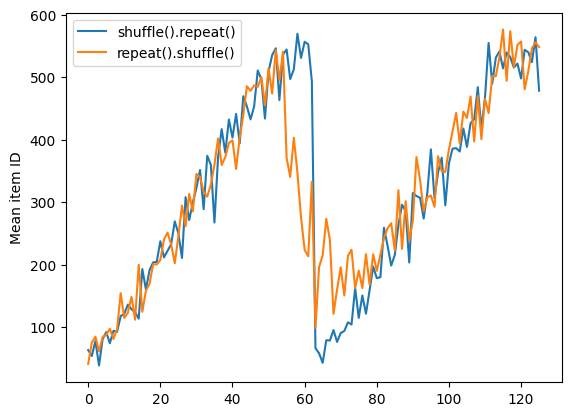



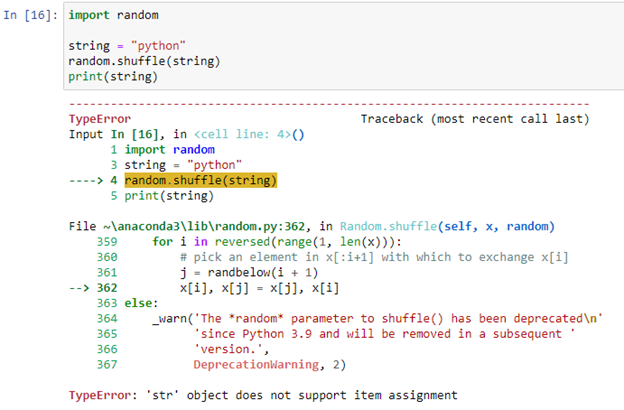

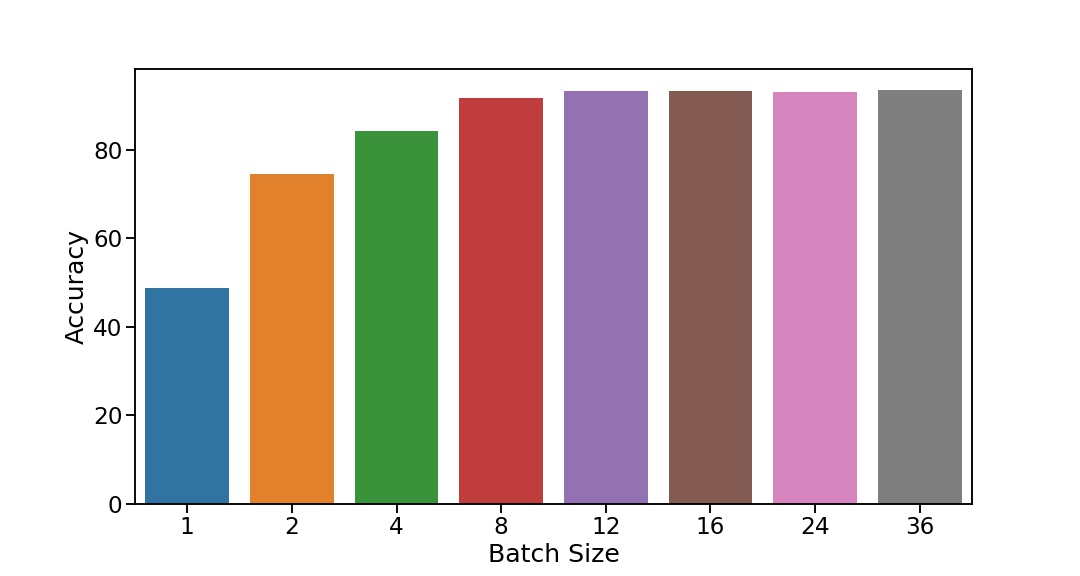
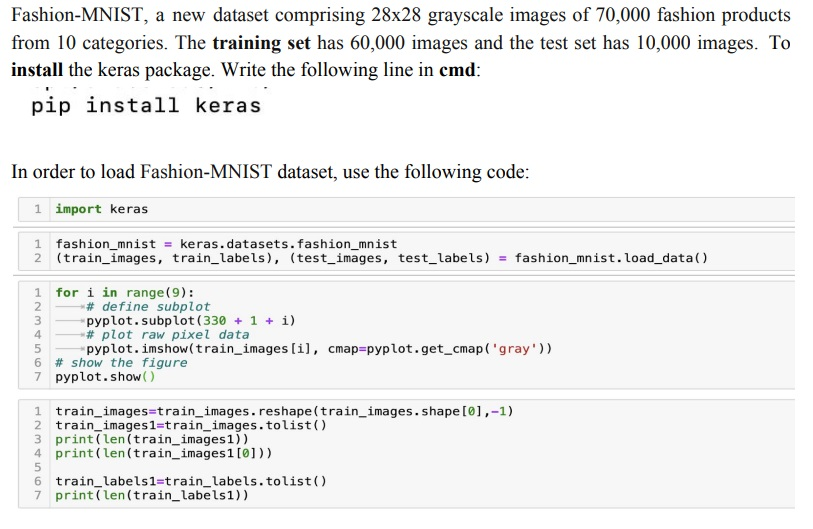

![Matplotlib 3D Plot [Tutorial] – Finxter](https://raw.githubusercontent.com/theadammurphy/matplotlib_articles/master/3dplot/final_html/img/img7.png)


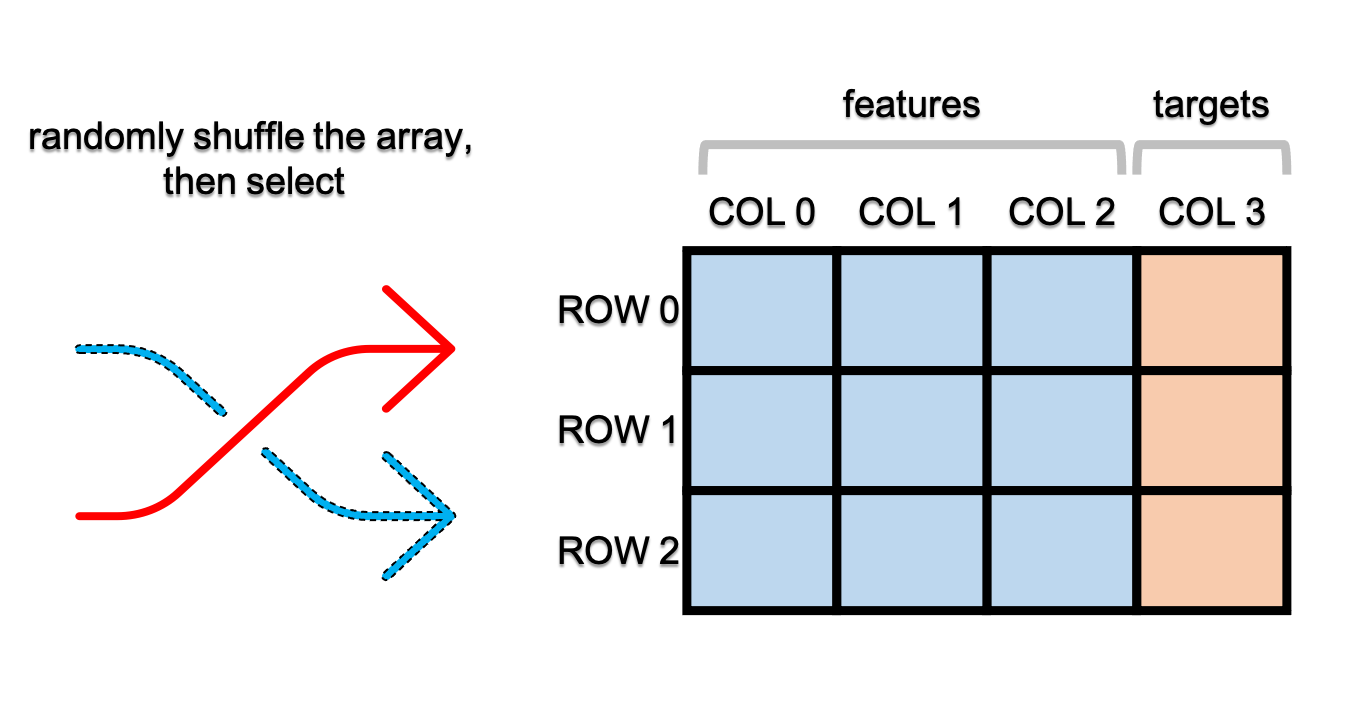

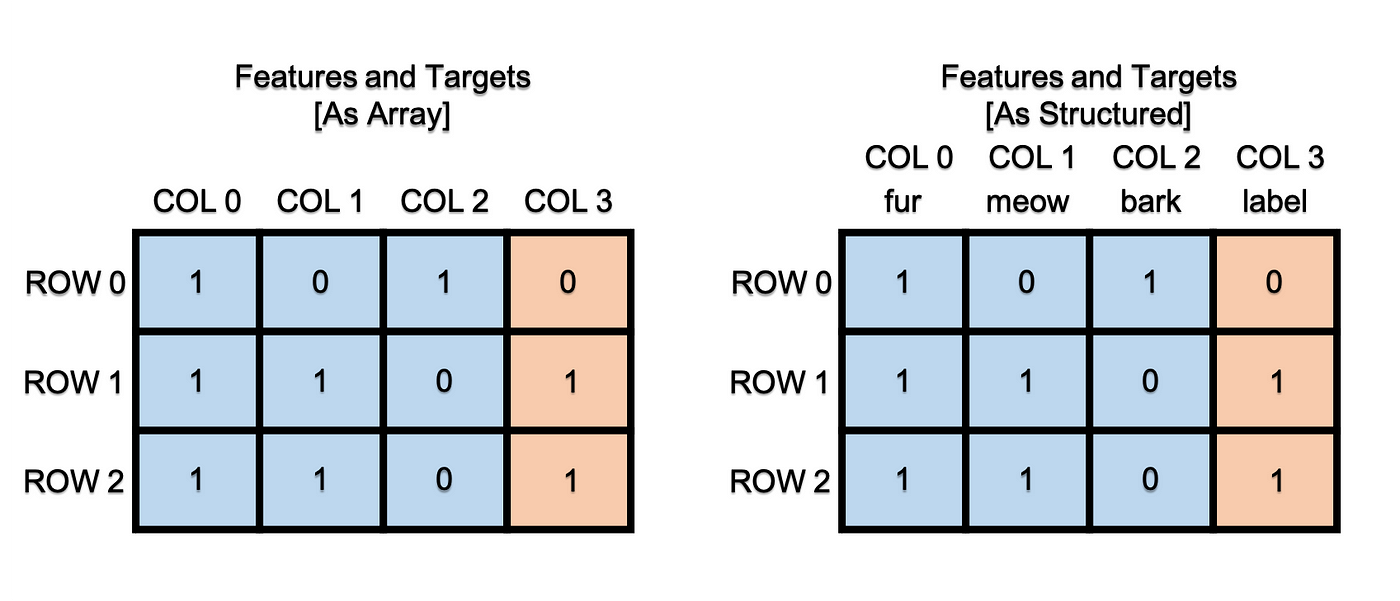
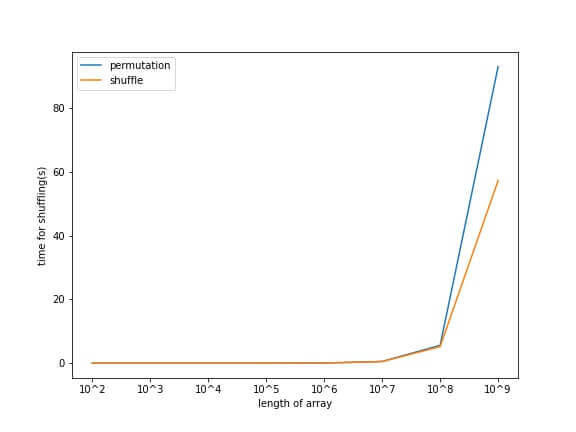
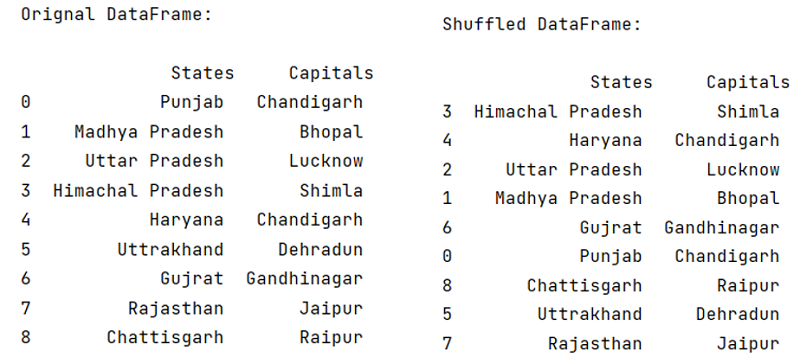






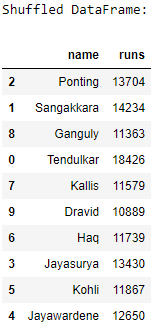
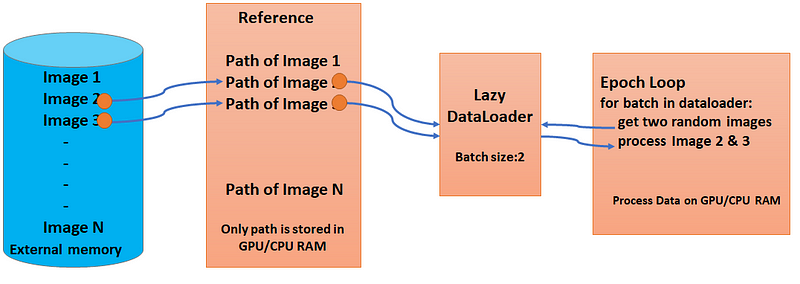




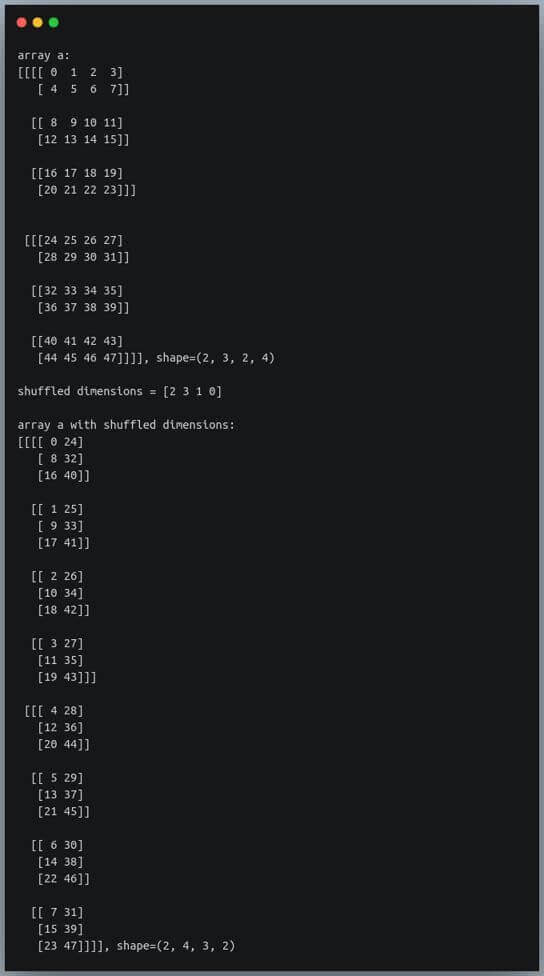
Post a Comment for "40 shuffle data and labels python"